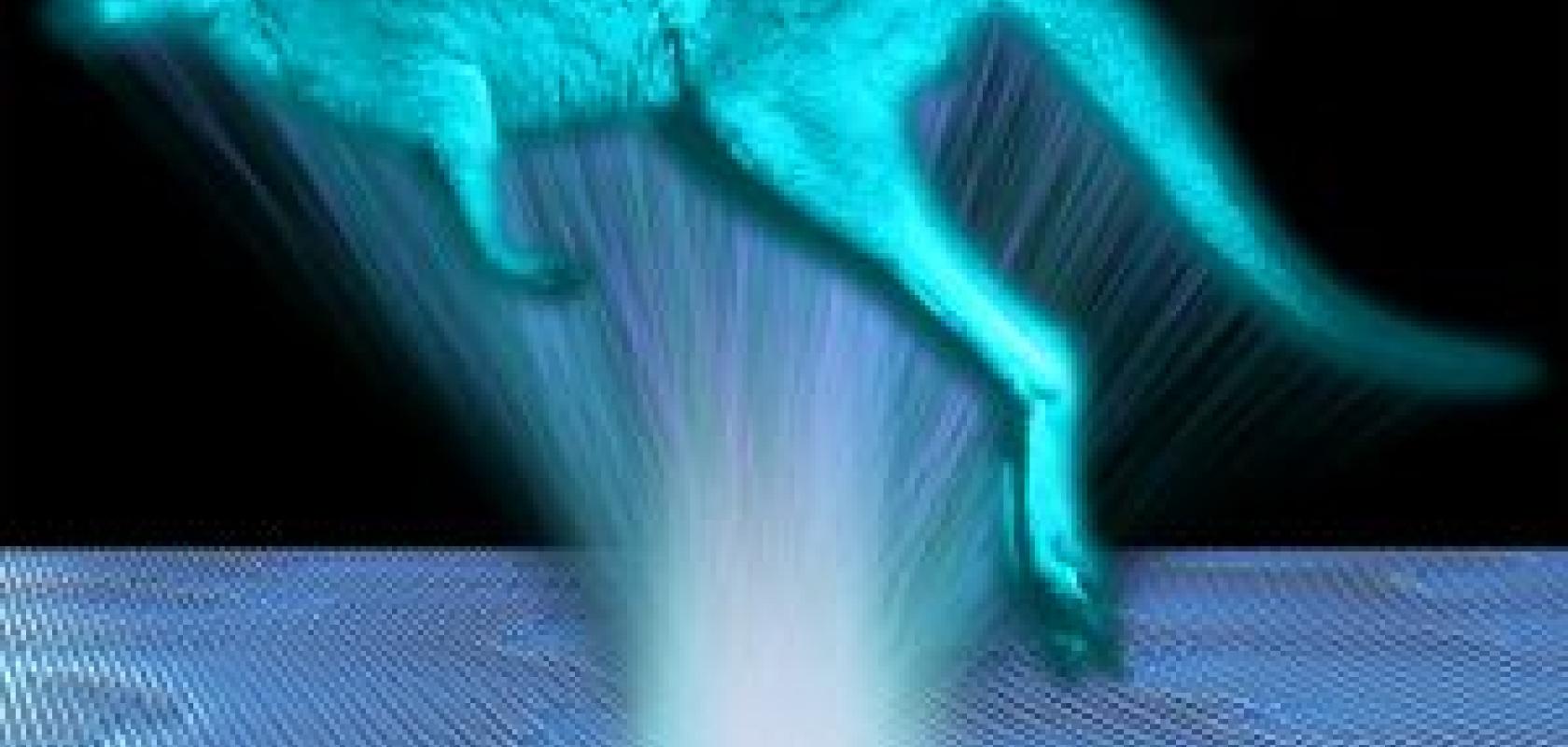Physicists at the Australian National University have developed a miniature device that creates what they claim to be the highest efficiency infrared holograms demonstrated to date, using the same principles as seen in the science fiction film ‘Star Wars’. The work was published as a memorandum in Optica last month and could lead to the miniaturisation of smart phone cameras and the reduction of the size and weight of complex optical systems on satellites.
‘As a child, I learned about the concept of holographic imaging from the Star Wars movies,’ said PhD student and leader of the research, Lei Wang. ‘It's really cool to be working on an invention that uses the principles of holography depicted in those movies.’
As opposed to standard photographs and computer monitors, holographic images enable the reproduction of light in three dimensions. The researchers achieved this using a newly-developed material that features millions of tiny silicon pillars, each up to 500 times thinner than a human hair.
‘This new material is transparent, which means it loses minimal energy from the light,’ said co-leader of the research Dr Sergey Kruk. The pillars in the material allow the light to be manipulated to the degree of complexity required to form holographic images. The holograms are produced using infrared light and can currently be made to 0.75mm in size, enabling 5mm-large images at to be created at a distance of 10mm.
‘Our ability to structure materials at the nanoscale allows the device to achieve new optical properties that go beyond the properties of natural materials.’ Dr Kruk continued. ‘The holograms that we made demonstrate the strong potential of this technology to be used in a range of applications.’
In addition to producing holograms, the researchers see the new material having further uses. ‘With our new material, we can create components with the same functionality [as larger components] that would essentially be flat and lightweight,’ Dr Kruk said. ‘While research in holography plays an important role in the development of futuristic displays and augmented reality devices, today we are working on many other applications such as ultra-thin and lightweight optical devices for cameras and satellites.’


